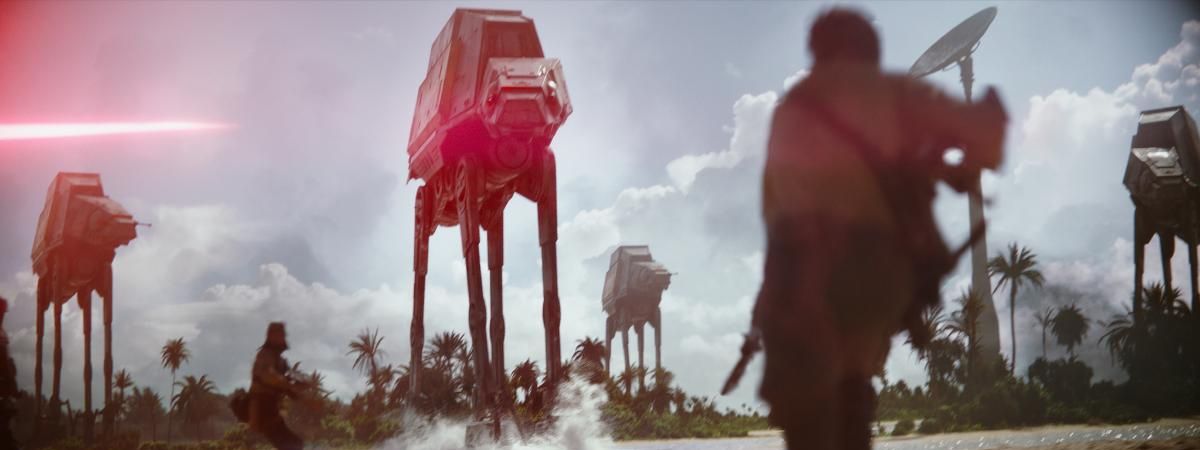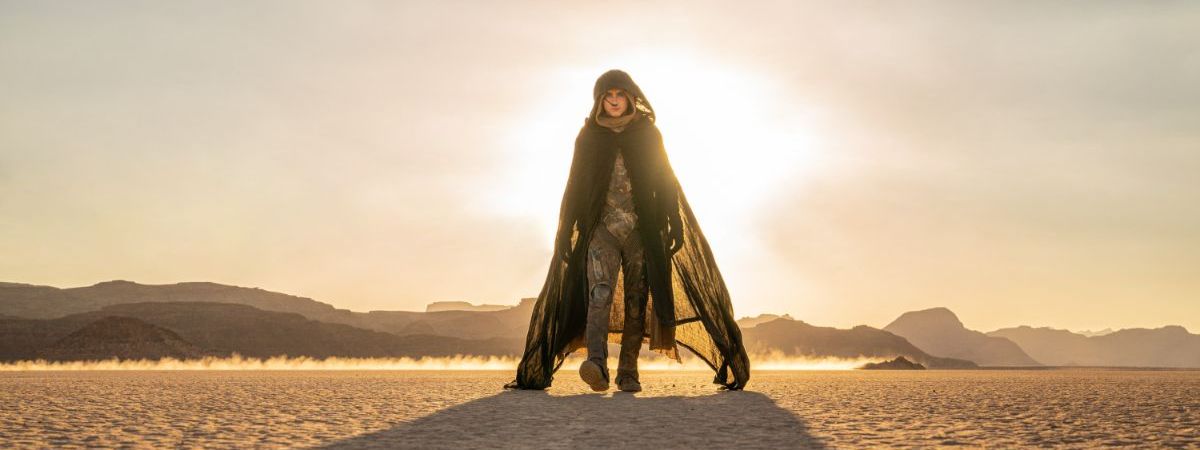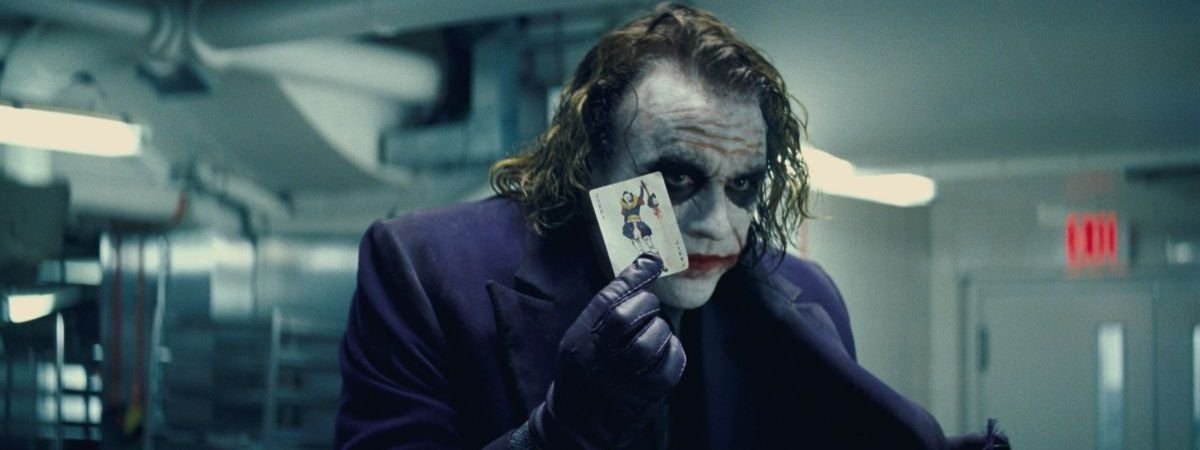Skip to the good bit
ToggleWe’ve watched as the gritty realism of practical effects and the awe-inspiring potential of CGI blended to create galaxies that felt within our grasp. As we look back over four decades of innovation and creativity, it’s clear that the franchise’s dedication to special effects has shaped its own narrative universe and had a lasting influence on the entire film industry.
The magic of the effects used in the Star Wars films has consistently expanded our imagination of what is possible on the silver screen, from groundbreaking models and animatronics to the seamless integration of digital effects. Each episode, in keeping with the ever-evolving landscape of technology, brought us new advancements that challenged previous limitations and set new standards for the future of filmmaking.
Pioneering practical effects
In cinema, the Star Wars saga is a testament to the ingenuity of practical effects. We’ve witnessed how models, miniatures, animatronics, and costume design not only brought to life a galaxy far, far away, but also set a new standard for storytelling in film.
Models and miniatures
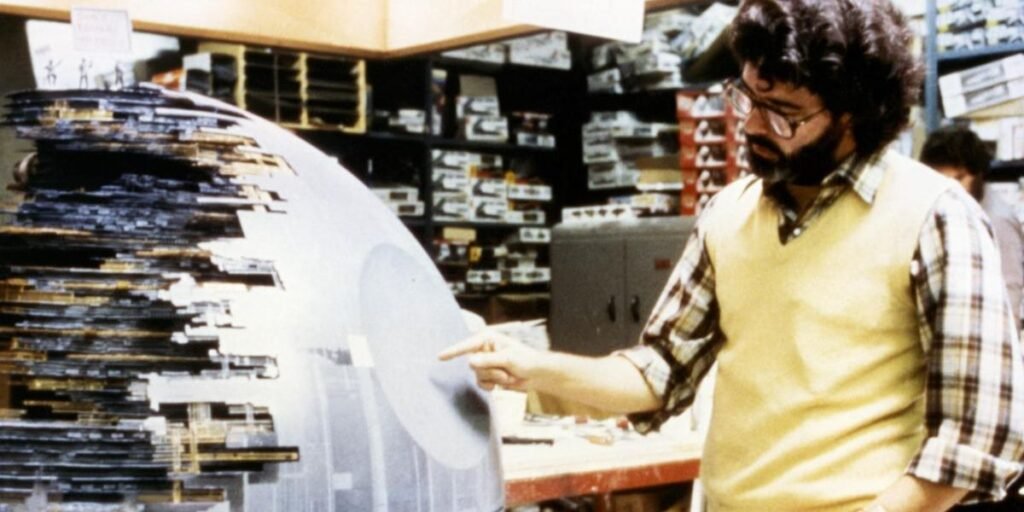
Star Wars set itself apart with detailed models and miniatures that created an immersive universe. The use of these intricate pieces allowed for dynamic space battle scenes, with the iconic Death Star and X-wing starfighters being crafted at a smaller scale. This commitment to miniaturization helped maintain a tactile reality within the films’ aesthetic. Physical models have a certain weight and presence that lends authenticity to visual storytelling—a hallmark of the series’ practical effects work.
Animatronics and costume design
Animatronics and costume design within the Star Wars franchise have been particularly noteworthy. For characters like Chewbacca and Yoda, animatronics were combined with intricate costume designs to bring sentient beings from different parts of the galaxy to life. Through expertly designed costumes and the incorporation of animatronics, characters displayed a range of expressions and movements that often feel incredibly real, contributing profoundly to the universe’s lore and the audience’s suspension of disbelief.
Advancements in computer-generated imagery
In the Star Wars saga, computer-generated imagery (CGI) has continually pushed the boundaries of what is possible in filmmaking. We’ve seen a remarkable transformation from modest beginnings to complex digital characters that feel nearly tangible.
The prequel trilogy leap
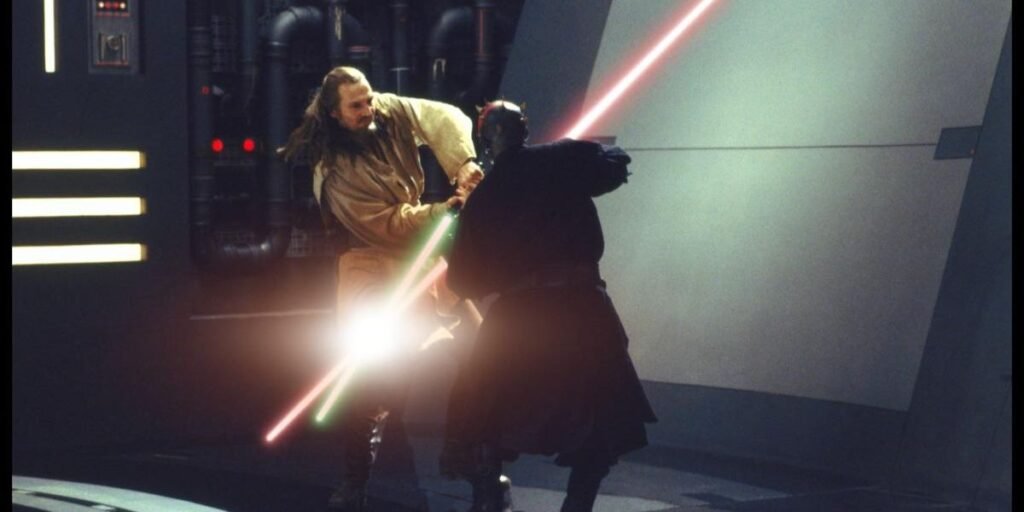
The onset of the prequel trilogy marked a significant stride forward in the use of CGI within the Star Wars universe. Highlighting this era was “Star Wars: Episode I – The Phantom Menace” (1999), which featured groundbreaking effects such as the massive droid armies and detailed cityscapes of Naboo and Coruscant. The integration of CGI allowed us to visualize expansive and complex environments that were not feasible to create physically.
As featured in our Star Wars facts!
Creating digital characters
One of the most notable CGI accomplishments in the prequel trilogy was the creation of digital characters that could act alongside live actors. A prime example is the introduction of Jar Jar Binks, a fully CGI character with a pivotal role in the narrative. The characters’ mobility and expressiveness were a leap ahead of CGI capabilities of the past, challenging us to suspend our disbelief further and accept these digital creations as part of the Star Wars universe.
Integrating practical and digital techniques
In the evolution of Star Wars special effects, one of the most critical advancements has been the skillful integration of practical effects with digital enhancements. We’ve witnessed a resurgence of tangible set pieces, models, and makeup, which, combined with digital artistry, create an immersive cinematic universe that honors the franchise’s roots while embracing modern technology.
The Force Awakens practical return
With “The Force Awakens,” we experienced a return to the tactile world of practical effects. Filmmakers recognized the value of real sets and props in grounding the story in a palpable reality. This approach catered to nostalgia and provided a solid foundation for digital effects to augment the visuals, rather than replace them. The filmmakers at ILM, blending old techniques with new, gave us sequences where practical puppets seamlessly co-existed with CGI creations, enhancing the tangible feel of alien worlds and characters.
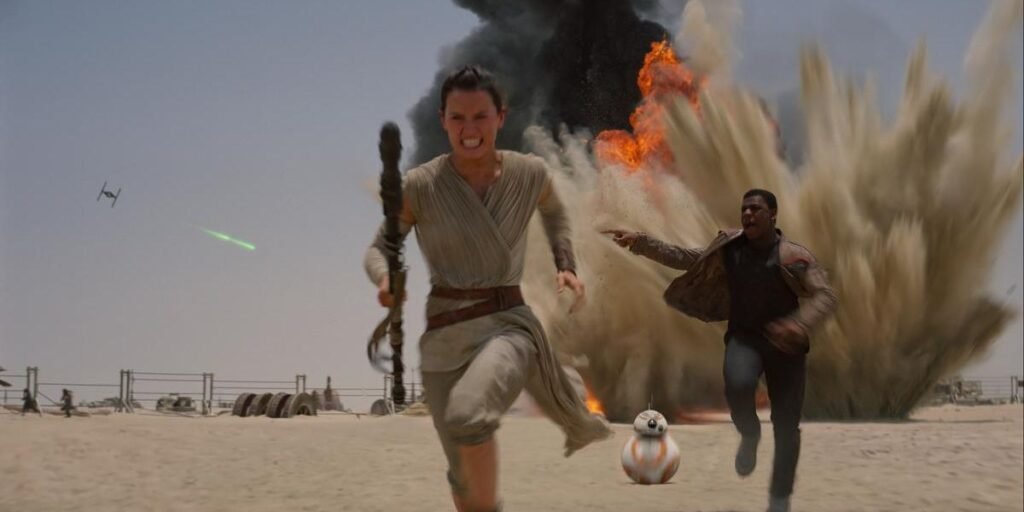
Rogue One’s seamless blend
“Rogue One” took the harmony between real and virtual a step further by introducing a seamless blend that pushed the boundaries of what’s possible on screen. Detailed miniatures and full-scale sets were enhanced with sophisticated digital backdrops, ensuring that every frame maintained the authenticity fans have come to expect from the Star Wars saga. Even characters from the original films were revived with a mix of live-action performance and digital wizardry, a testament to how far the melding of these techniques has come.
Related read: Star Wars in chronological order
Future of special effects in Star Wars
The Star Wars franchise stands on the precipice of new special effects frontiers as we continue to embrace the future. The widespread advancements in technology beckon a new era for visual storytelling, promising an even more immersive experience for fans.
Innovations and real-time rendering
Real-time rendering is revolutionizing how we create and view the visual effects of Star Wars. By harnessing the power of cutting-edge game engine technologies, artists and directors alike can iterate and view complex scenes with immediate feedback. This technological leap translates into more dynamic and responsive environments, allowing for a seamless blend of live-action footage and computer-generated imagery. It’s an exciting upgrade that will bring Star Wars’s galactic battles and alien worlds to life with unprecedented detail and realism.
Expanding the galaxy in new media
The Star Wars galaxy’s expansion into new media forms such as virtual reality (VR) and augmented reality (AR) suggests a vast and uncharted territory of special effects. These platforms offer us a tantalizing opportunity for storytelling, where the audience can step directly into the rich tapestry of the Star Wars universe. Imagine wielding a lightsaber with your own hands or piloting an X-wing through a dogfight. Integrating special effects in VR and AR could forge unforgettable experiences, making every fan’s dream of living in the Star Wars world a reality.
Frequently asked questions
We’ve gathered some of the most common questions about the advancements and changes in special effects within the Star Wars series. Let’s dive into the details and understand the evolution of visual magic that brought this galaxy far, far away to life.
What makes Star Wars special?
The original Star Wars film stood out for its groundbreaking techniques. It moved away from earlier sci-fi movies’ clean, sterile look, introducing a gritty, lived-in universe rich in detail and complexity. Practical effects like miniatures and motion control were pivotal in this genre transformation.
How has CGI developed throughout Star Wars?
The use of CGI technology in Star Wars has evolved significantly from practical effects to a blend of physical models and digital enhancements. By Episode VII: The Force Awakens, the franchise was integrating advanced, high-end computer-generated imagery to create immersive worlds and compelling visual storytelling.
How was CGI used in Star Wars?
The Star Wars Special Editions, released in the 1990s, incorporated updated visual effects to the original trilogy. These alterations included the addition of CGI characters and enhanced backgrounds and corrections to visual inconsistencies present in the 1977 release.
Star Wars CGI in the originals vs prequels
The prequels notably shifted towards a heavier reliance on CGI, using it to create creatures, distant planets, crowds, and even main characters like Jar Jar Binks. This pivot mirrored the changing landscape of movie special effects and digital filmmaking at the turn of the millennium.
How was Light & Magic (ILM) used in Star Wars?
Industrial Light & Magic (ILM), created by George Lucas for Star Wars, went on to become a leader in the field of visual effects. It played a central role in many subsequent films, constantly pushing the envelope and helping to revolutionize the special effects industry with its innovative technologies and artistic contributions.
